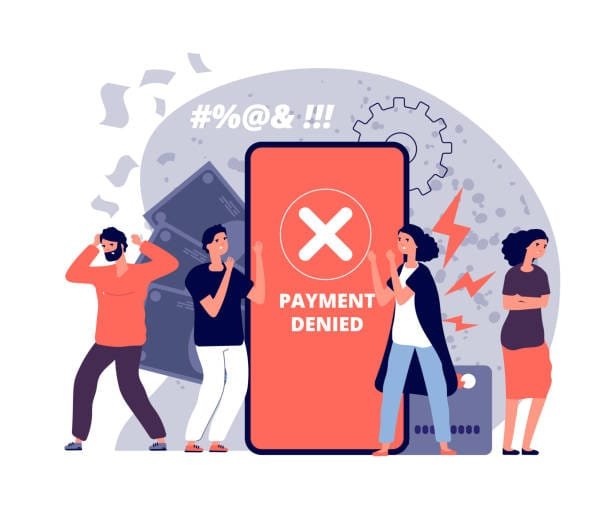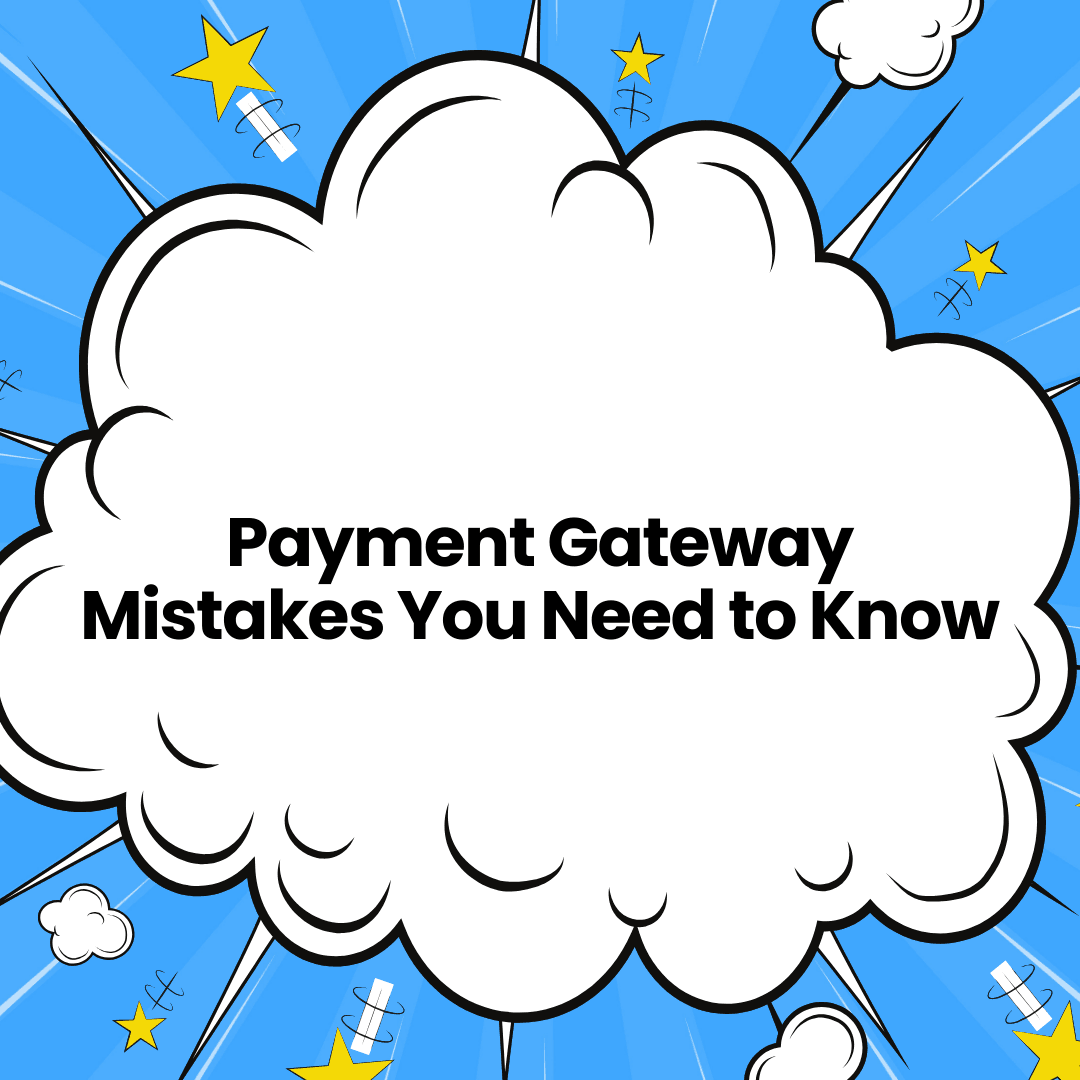Choosing a payment gateway is a big deal. It affects how customers pay, how fast you get money, and how smooth the checkout feels. Still, many businesses make the same mistakes. Let’s look at the most common errors and how to avoid them.

1. Ignoring User Experience
Many websites add payment gateways without thinking about the user. If checkout feels slow or confusing, customers will leave. Make sure the process is fast, mobile-friendly, and simple. Every extra step can cost you a sale.
2. Choosing the Cheapest Option
Low fees may look good at first. But cheap often means fewer features or weak support. Instead, look for value. Pick a gateway that balances price, support, and features. That way, you avoid hidden costs later.
3. Not Checking Compatibility
Some gateways don’t work well with certain platforms. Always check if your gateway fits your website or shopping cart system. If not, integration becomes hard and full of bugs. Save time by picking one that matches your tools.
4. Skipping Security Features
Never forget about security. A weak payment system risks customer data and trust. Look for features like fraud detection, tokenization, and SSL support. These tools help keep payments safe and build trust with buyers.
5. Forgetting Mobile Users
More people shop on phones than ever before. If your gateway isn’t mobile-friendly, you lose sales. Always test the payment flow on different devices. Make sure the layout works well on both big and small screens.
6. Not Testing Before Launch
Some businesses go live without testing the payment flow. That’s risky. Before launch, test every step—from product page to payment confirmation. Fixing issues early keeps customers happy and avoids lost sales.
7. Ignoring Customer Support
Things can go wrong. If your gateway has poor support, you’re stuck. Choose a provider with 24/7 help. Fast support means fewer delays and happier customers when issues pop up.
8. Not Understanding Fees
Every gateway has different fees—per transaction, monthly, or setup charges. If you skip the fine print, you might pay more than expected. Read the terms carefully. Make sure you understand how and when you’ll be charged.
9. Missing Global Payment Options
If you sell worldwide, your gateway must support many currencies and payment methods. Some don’t. This limits your market. Pick a gateway that supports global customers with local options like UPI, wallets, or bank transfers.
10. Overlooking Analytics
Good gateways offer useful reports. These help track sales, refunds, and customer trends. Don’t skip this data. Use it to make smart business choices and boost growth.
Final Thoughts
Avoiding these mistakes can save money, time, and stress. A smart payment gateway setup builds trust, improves sales, and helps your business grow. Take time to plan, test, and choose the right one for your needs.
Feel free to contact us for a free consultation.

